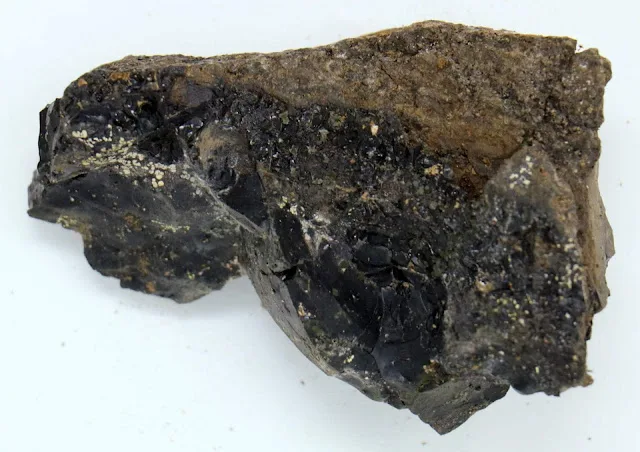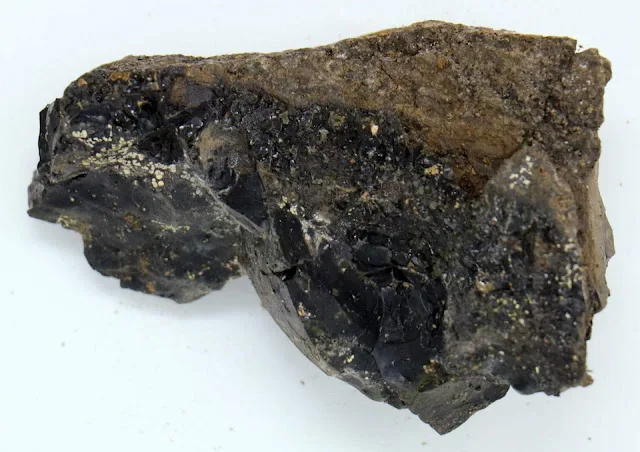
It's official! This is the hottest rock ever recorded on Earth
The findings could help researchers better pinpoint the locations of other hot rocks.
In 2011, then-Ph.D. student Michael Zanetti was working on a Canadian Space Agency-funded project in Newfoundland and Labrador's Mistasten Crater, a 28-kilometre wide area created when an asteroid hit Earth 36 million years ago.
During that expedition, Zanetti picked up a piece of rock, which was studied and first documented in 2017. In that paper scientists proposed it formulated at temperatures of 2,370°C during the violent asteroid impact. That's a temperature hotter than much of Earth's mantle, and would make it the hottest rock ever discovered on Earth.
Earlier this month, a team of researchers published a paper confirmed the findings of the 2017 study.

A sample of glass that recorded at 2,370 degrees Celsius. Photo credit: Gavin Tolometti.
The conclusion is based on mineral analysis led by researchers from Western University, led by postdoctoral researcher Gavin Tolometti. His team sampled four additional zircon samples from the Mistastin crater to confirm the 2017 findings.
Zircon is a hard mineral that crystallizes under high heat and is commonly used as a diamond substitute.
The four zircon samples were taken from different types of rocks in the crater and from separate locations, to help paint a clearer picture of how the ancient impact heated the ground.
The results showed the zircons formed in temperatures of at least 2,370 degrees Celsius. The research could help scientists better pinpoint where to look for evidence of other hotspots.
"We're starting to realize that if we're wanting to find evidence of temperatures this high, we need to look at specific regions instead of randomly selecting across an entire crater," Tolometti said in a statement.
The results could also provide insight into the impact cratering process on the moon and elsewhere.
“It can be a step forward to try and understand how rocks have been modified by impact cratering across the entire solar system," Tolometti said.
"This data can then be applied into impact models to improve the results that we get.”
